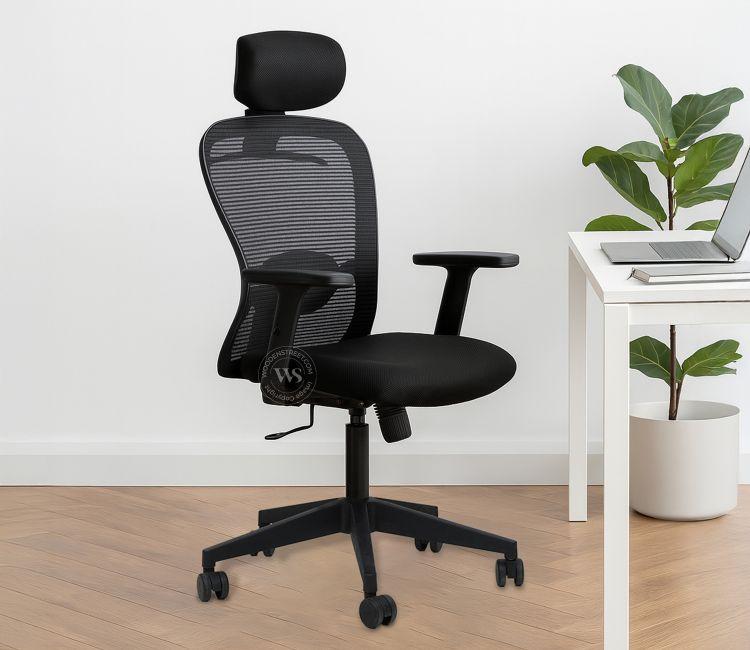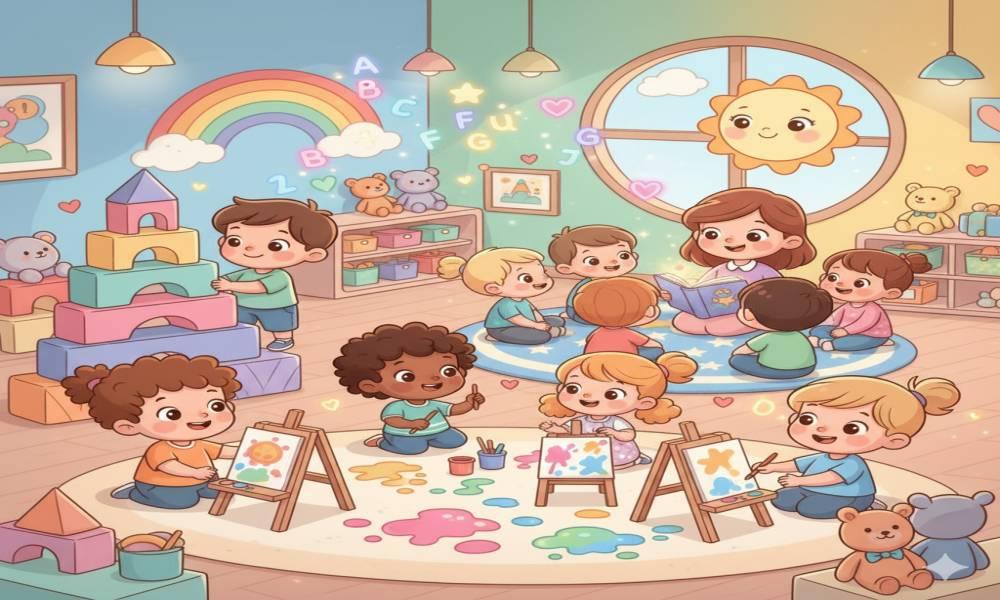Exploring the Lifespan and Durability of a Chair for Office Use

The office chair is one of the most important pieces of furniture in any workplace. From supporting employees through long working hours to influencing posture, comfort, and productivity, the chair plays a role far greater than just seating. When investing in one, lifespan and durability become crucial factors to consider. A chair that wears out quickly can lead to discomfort, reduced efficiency, and repeated expenses. Understanding what determines the lifespan of an office chair and how durability can be ensured helps in making a better choice for long-term use.
Factors That Influence the Lifespan of an Office Chair
The average office chair is built to last anywhere from five to ten years, but this duration largely depends on how it is constructed and used. The first element that determines longevity is the quality of materials. Chairs made from high-grade metals, strong plastics, or premium fabrics naturally last longer than those made with lower-grade substitutes. In addition, the frequency of use plays a major role. A chair used daily for long hours will naturally wear out faster than one used occasionally in a home workspace.
Another factor influencing durability is maintenance. Chairs that are cleaned regularly, adjusted properly, and kept away from extreme conditions tend to retain their structure and function for a longer time. Even the environment affects longevity; for example, chairs exposed to humidity or direct sunlight may suffer from fading, cracking, or weakening of parts much sooner.
The Importance of Ergonomic Design in Durability
Durability does not simply mean how long a chair will physically hold together, but also how long it continues to provide proper support. A well-designed office chair with ergonomic features such as adjustable height, lumbar support, and flexible armrests does not only protect the user from discomfort but also preserves the integrity of the chair itself. Ergonomic designs distribute weight evenly, reduce stress on moving parts, and minimize the likelihood of structural damage caused by improper sitting habits.
Without ergonomic features, users may unknowingly put excess pressure on certain areas of the chair, such as the armrests or backrest, leading to early wear and tear. Therefore, when assessing durability, ergonomics should be considered alongside materials and construction quality.
Signs That an Office Chair Is Losing Durability
Over time, even the best chair will begin to show signs of reduced performance. One of the first indicators is decreased comfort. If cushioning becomes flat or the backrest no longer offers proper support, the chair is beginning to lose its effectiveness. Another sign is difficulty in adjusting mechanisms, such as stuck levers or unstable height adjustment. Squeaking noises, wobbly wheels, and a weakened frame are also clear signals that the chair’s durability has been compromised.
While minor repairs can extend the life of a chair, repeated issues suggest that replacement may be more practical. Continuing to use a worn-out chair can lead to poor posture and even physical discomfort, which in turn reduces productivity at work.
How to Extend the Lifespan of a Chair for Office Use
Though no office chair lasts forever, certain practices can significantly extend its lifespan. Regular cleaning of the upholstery prevents dirt from wearing down the fabric or leather. For chairs with wheels, occasional checks for dust or hair entanglement can keep movement smooth and prevent damage to flooring. Lubricating mechanical parts such as levers and joints ensures continued flexibility and prevents stiffness.
Proper usage also plays a role. Avoiding excessive leaning, not overloading the chair with weight, and using it only as intended help in keeping the structure intact. Simple steps like adjusting the chair according to the user’s body rather than forcing the body to adapt to the chair can also reduce wear.
Balancing Cost and Durability
When purchasing an office chair, price often becomes a deciding factor. However, choosing the cheapest option may lead to frequent replacements, ultimately costing more in the long run. On the other hand, investing in a higher-quality chair may seem expensive initially but proves more economical due to its longer lifespan and reduced need for repair or replacement.
The balance lies in evaluating durability against budget. Chairs that offer a strong frame, quality upholstery, and ergonomic features often provide the best value for money. Durability ensures not just physical longevity but also continued comfort and productivity, making the purchase worthwhile.
Environmental Impact of Office Chair Longevity
Beyond comfort and cost, the durability of an office chair also has environmental implications. Each chair that wears out prematurely contributes to waste, as discarded materials often end up in landfills. Producing new chairs also consumes resources and energy, adding to environmental strain. By choosing durable chairs and extending their lifespan through maintenance, individuals and organizations reduce the frequency of disposal and replacement, ultimately contributing to sustainability.
A durable office chair not only benefits the user but also supports broader environmental goals. The longer a chair lasts, the fewer resources are required to replace it, leading to a more sustainable workspace.
Conclusion
The office chair is far more than a piece of furniture; it is a tool that directly impacts comfort, productivity, and overall health in the workplace. Its lifespan and durability depend on several factors, including material quality, ergonomic design, maintenance, and frequency of use. Recognizing signs of wear, practicing proper care, and choosing wisely at the time of purchase can significantly extend the life of a chair.
A durable office chair ensures not only value for money but also long-term well-being and environmental responsibility. For anyone spending extended hours at a desk, paying attention to the durability of a chair is an investment in comfort, efficiency, and sustainability.








